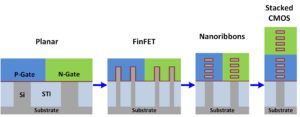Needless to say, the Covid-19 pandemic turned 2020 into a nightmare. It also changed most people’s working life, shutting down in-person gatherings and replacing them with virtual events. Still, 2020 was an exciting year for the semiconductor industry and related segments – in terms of market growth, technological innovation, and overall evolution. As we approach the year’s end, let’s try to briefly summarize some of the major events and themes that characterized the last twelve months.
A record year for acquisitions
The most apparent characteristic of 2020 was definitely the large number of sizeable acquisitions, either announced or completed. This obviously refers to the Nvidia-Arm, AMD-Xilinx, Analog Devices-Maxim and Infineon-Cypress deals, but also to many other smaller yet significant acquisitions. During 2020, EDACafe reported about approximately fifty of them.










